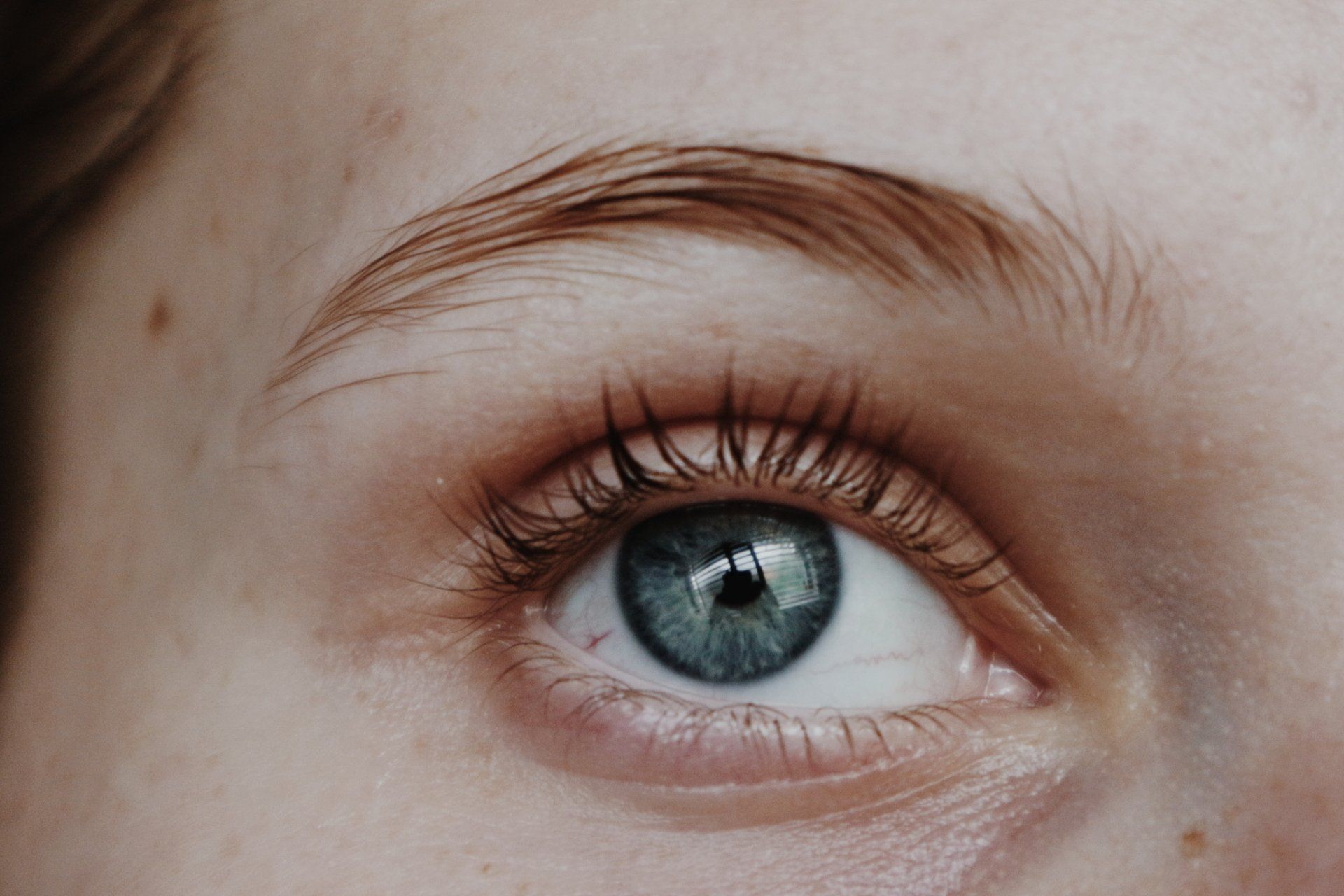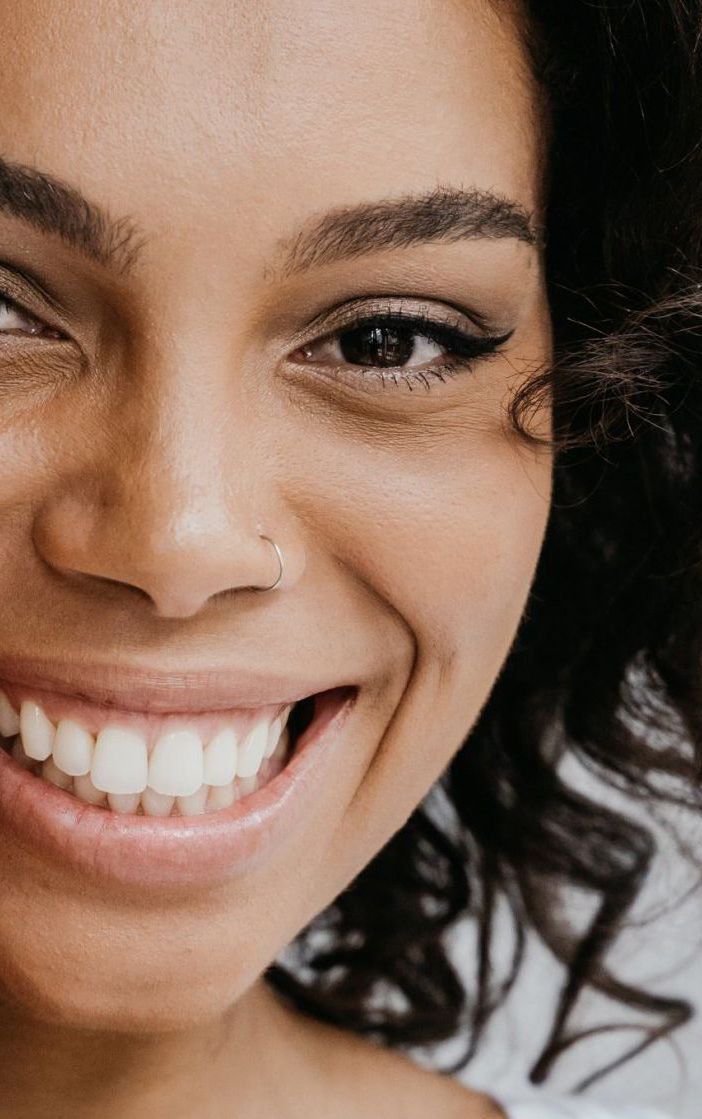The Ultimate Guide to Choosing Between Botox and Fillers
What Is Botox?
Botox is a neurotoxin derived from the bacterium Clostridium botulinum. It works by temporarily blocking the nerve signals to muscles, which prevents them from contracting. This muscle relaxation reduces the appearance of dynamic lines and wrinkles that form due to repetitive facial expressions like smiling, frowning, or squinting.
Benefits of Botox:
- Reduces the appearance of dynamic wrinkles.
- Best for treating areas with repetitive muscle movements.
- Fast-acting and minimally invasive.
- Effects last 3 to 4 months.
Common Areas for Botox:
- Forehead lines: The horizontal lines that appear when you raise your eyebrows.
- Frown lines: Also called "11 lines," these vertical creases form between the eyebrows.
- Crow’s feet: The fine lines at the corners of the eyes that appear when you smile or squint.
- Bunny lines: Small lines that form on the sides of the nose when scrunching it.
What Are Dermal Fillers?
Dermal fillers are gel-like substances injected beneath the skin to restore lost volume, smooth lines, soften creases, and enhance facial contours. Unlike Botox, which targets muscle activity, fillers work by plumping up areas that have lost volume due to ageing, weight loss, or other factors. Fillers are often made from hyaluronic acid (HA), a naturally occurring substance that retains moisture and keeps skin plump and hydrated.
Benefits of Dermal Fillers:
- Add volume and fullness to the face.
- Smooth static wrinkles and deep lines.
- Enhance facial features such as lips and cheeks.
- Results can last anywhere up to several years, depending on the type of filler used.
Common Areas for Fillers:
- Nasolabial folds: The lines running from the nose to the corners of the mouth, often called smile or laugh lines.
- Marionette lines: The lines that run from the corners of the mouth to the chin.
- Cheeks: Fillers can restore lost volume in the mid-face, giving a more lifted, youthful appearance.
- Lips: Fillers can plump up thin lips, smooth lip lines, and enhance lip symmetry.
- Jawline and chin: Fillers can create a sharp and chiseled jawline and improve your contours.
When it comes to non-surgical facial rejuvenation, Botox and dermal fillers are two of the most popular options available today. While both treatments can help smooth wrinkles and restore a youthful appearance, they work in very different ways and are best suited for specific types of concerns. Understanding the differences between Botox and fillers, as well as how to choose the right one for your needs, is essential for achieving the results you want.
In this guide, we’ll break down the differences between Botox and fillers, explain which concerns each addresses, and provide tips on selecting the best treatment for different areas of your face.
Botox vs. Fillers: Understanding the Differences
While Botox and dermal fillers are both injectable treatments designed to rejuvenate the face, they target different concerns and have unique mechanisms of action. Here are some of the key differences:
| Botox | Dermal filler | |
|---|---|---|
| Primary Function | Reduces muscle activity that causes dynamic wrinkles. | Adds volume, smooths static wrinkles, and enhances contours. |
| Best for Treating | Fine lines caused by muscle movement (forehead, frown lines, crow’s feet). | Volume loss, deep lines, contour enhancement (cheeks, lips, nasolabial folds). |
| Duration of Results | 3 to 4 months | Up to 2 years, depending on the filler type. |
| Type of Wrinkles Treated | Dynamic wrinkles (caused by muscle activity). | Static wrinkles (caused by loss of volume and collagen). |
| Procedure Time | 10-15 minutes | 15-30 minutes |
| Recovery Time | Minimal downtime; mild bruising/swelling. | Minimal downtime; some swelling, redness, or bruising. |
Which Treatment Is Right for You?
Choosing between Botox and dermal fillers depends on the type of wrinkles or facial concerns you want to address, as well as your aesthetic goals. Here's a guide to help you make the right choice:
Choose Botox If You Want to:
- Smooth dynamic wrinkles like forehead lines, crow’s feet, or frown lines caused by repetitive facial expressions.
- Prevent wrinkles from forming by reducing muscle movement.
- Enjoy quick results with minimal downtime and effects lasting 3-4 months.
Choose Fillers If You Want to:
- Restore lost volume in areas like the cheeks or under the eyes, giving a more youthful appearance.
- Plump up lips or smooth deep wrinkles like nasolabial folds and marionette lines.
- Get a chiseled jawline or a more defined facial contour
- Achieve long-lasting results that can last up to 2 years, depending on the type of filler.
Combination Treatments:
In many cases, the best results come from using both Botox and fillers in a combined treatment plan. For example, Botox can be used to relax wrinkles in the upper face, while fillers can be used to restore volume in the mid and lower face. Combining these two treatments allows for a more comprehensive, natural-looking rejuvenation.
Consulting with Dr. Gino Vissers
While understanding the differences between Botox and fillers is a great first step, it’s essential to consult with a qualified medical doctor who can assess your skin and recommend the best treatment based on your individual needs. Dr. Gino Vissers is a consultant plastic surgeon and is specialised in creating a personalised treatment plan that will take into account your facial anatomy, the areas you wish to target, and your long-term aesthetic goals.
Conclusion
Both Botox and dermal fillers offer effective, non-surgical solutions for facial rejuvenation, but they address different types of concerns. Botox is ideal for dynamic wrinkles caused by facial muscle movement, while dermal fillers are better suited for restoring lost volume and smoothing deeper, static wrinkles. By understanding the strengths of each treatment and consulting with a skilled practitioner, you can achieve natural, youthful results that enhance your facial features.
If you’re still unsure which treatment is right for you, or if a combination of both might be the best approach, schedule a consultation with Dr. Gino today. We’ll help you create a tailored plan to meet your aesthetic goals and boost your confidence!

Dr. Gino Vissers
BSc MMed MD BHSC MMed FCCP FEBOPRAS FRCS(Plast) PGCert(Dermoscopy)
.
101 Harley Street, London, W1G 6AH
6 Market Street, Guildford, Surrey, GU1 4LB
About


